Some free motion capture software for Blender you need to know
Motion capture (MoCap) software – sometimes called motion tracking, lets you turn real-world performance into 3D animation. By recording people or objects and translating that movement onto digital rigs, filmmakers, game devs, animators, and even hobbyists can build lifelike characters faster and with fewer keyframes. Below are several free motion capture software for Blender that don’t demand studio-grade hardware. Each one shines in different parts of the workflow, from quick webcam captures to research-grade tracking.
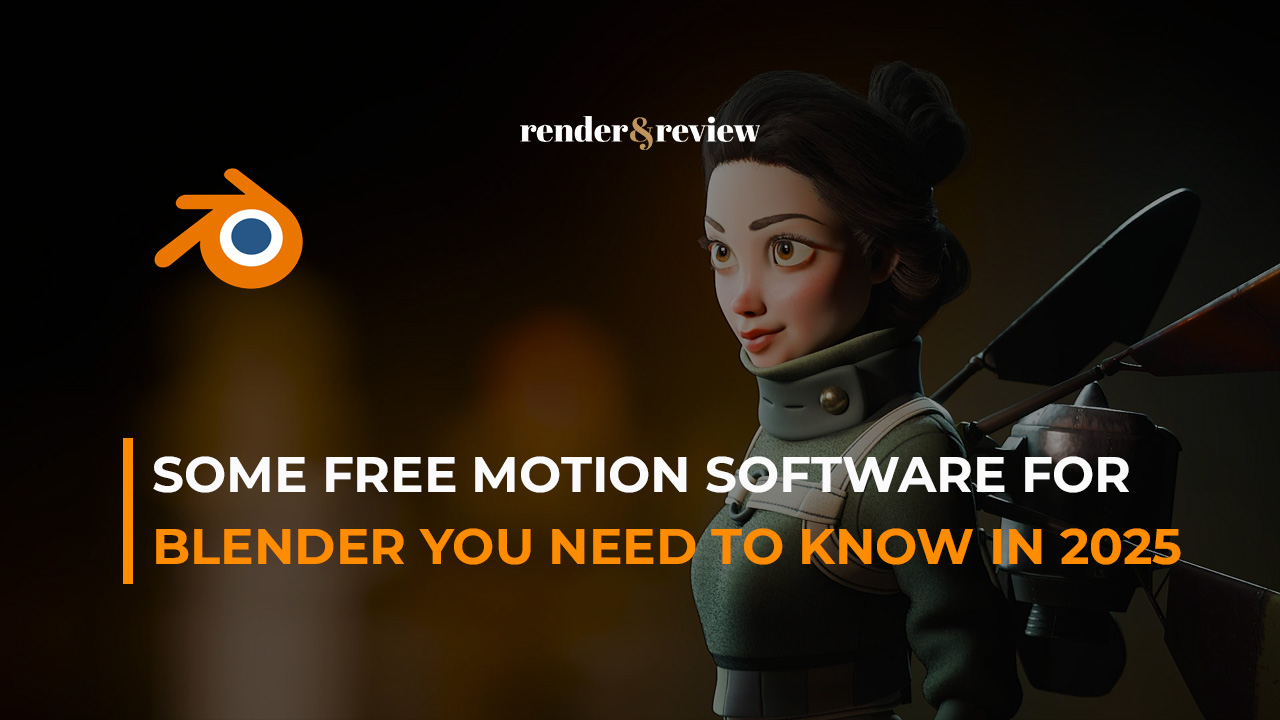
Table of Contents
FreeMoCap

FreeMoCap is an open-source full-body tracking system that’s especially appealing to researchers and educators. It processes multi-camera or single-camera recordings and outputs skeletal motion that you can import directly into Blender via its companion add-on. That add-on streamlines the pipeline: load a session, visualize, and begin retargeting to your character rig without jumping through extra conversion hoops.
When using FreeMoCap, remember to configure your character with a T-pose as the rest pose before retargeting. This convention minimizes bone orientation mismatches and makes it far easier to map FreeMoCap’s skeleton to your rig in Blender.
For stable solves, record a short “neutral” segment with the performer standing still and both feet flat and fully visible. Those few seconds give the system a clean baseline for estimating body alignment, scale, and contact points.
If your data comes out with an unexpected tilt relative to gravity, adjust the scene using the parent empty (typically named [recording_name]_parent_empty). A single global transform there realigns the whole capture without touching individual bones.
FreeMoCap evolves quickly. Naming, armature layout, or default conventions may change between releases. You can always re-process older sessions in newer builds, but keep disciplined habits: save versions often, back up your source videos and processed data, and note the software version used for each project.
BlendArMocap
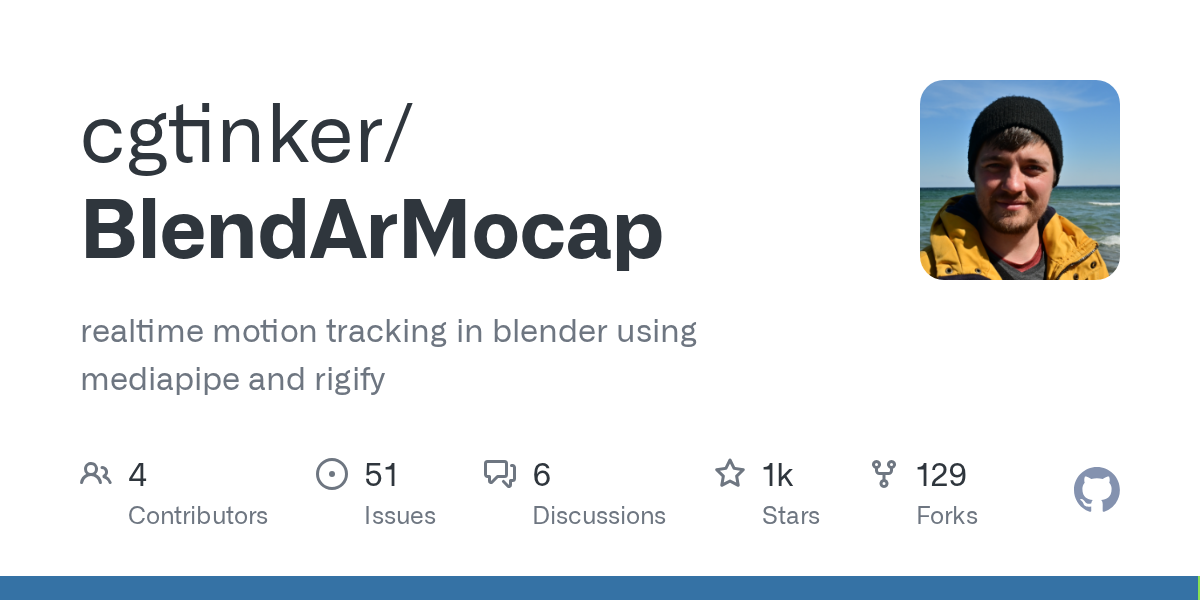
BlendArMocap, created by Denys Hsu, is a markerless capture add-on that runs entirely inside Blender. From ordinary webcam footage, it can estimate face, hands, and full-body pose, then retarget that data to a Rigify rig. It’s very handy if your pipeline already standardizes on Rigify. While the add-on has been discontinued and may not work on recent Blender releases, teams maintaining older production environments can still experiment with it for quick previz, blocking, or indie shorts. If it loads in your Blender version, it’s a lightweight way to test ideas without setting up external apps.
Rokoko Vision (with Rokoko Studio)
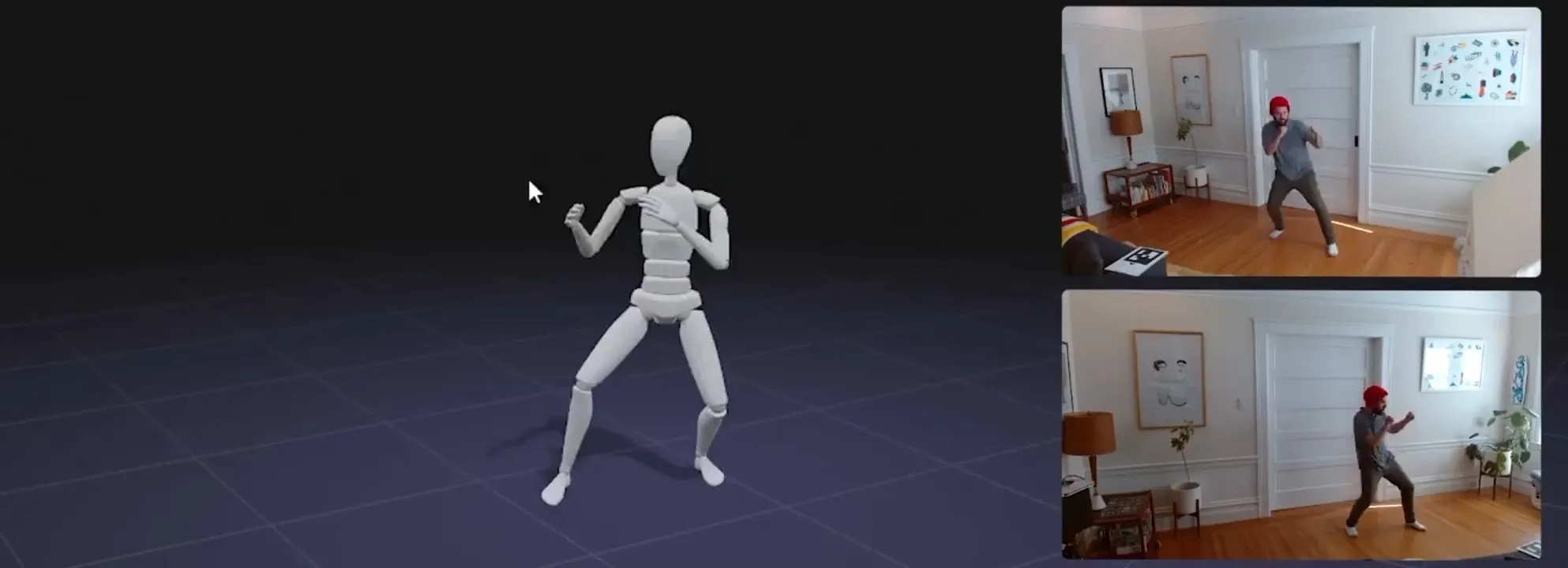
Rokoko Vision is a free, AI-driven capture tool that gets you moving with just a single webcam or pre-recorded video. After generating the animation, you can bring it into Rokoko Studio to review and clean the take using features like foot locking helps reduce sliding and improve ground contacts. Exports to FBX or BVH make interchange straightforward; you can import those files into Blender, retarget to your character, and continue polishing with NLA or the Graph Editor. It’s a practical gateway for creators who want better-than-basic results from commodity cameras without diving into complex multi-cam setups.
DeepMotion (AI Motion Capture)

DeepMotion offers a browser-based service that converts standard 2D video into a 3D animated skeleton or skinned avatar. Capture a performance on almost any device, upload the footage, and generate an animation that you can bring into Blender as FBX or BVH. If you prefer working with a custom avatar, pair it with a creator like Ready Player Me to build a full-body or facial-only character, then drive it with the solved motion. For Blender users, the pipeline is pleasantly simple: import, retarget, and iterate.
Beyond basic body tracking, the service includes advanced controls aimed at higher-fidelity motion. Features such as face and hand tracking, physics-aware simulation, foot locking, hand-to-ground contact, and motion smoothing help reduce artifacts and create more grounded movement. When precision is critical, the Rotoscope Pose Editor lets you trace over the original video to nudge joints into place, aligning the 3D solve more closely with the source performance before final tweaks inside Blender.
Conclusion
Free motion capture tools can dramatically speed up animation in Blender by capturing, tracking, and importing both facial and full-body movement, making characters feel more believable with less manual keyframing. Each option above has its strengths: FreeMoCap for open-source flexibility and research-friendly workflows, BlendArMocap for in-Blender convenience (on compatible versions), Rokoko for fast AI capture plus clean-up in Studio, and DeepMotion for robust cloud-based solves with fine-tuning tools. The “best” choice depends on your workflow, hardware, and how much control you need at each stage of the pipeline. Try a couple, evaluate the retargeting path to your rigs, and settle on the one that gets you the most reliable results with the least friction.
See more:



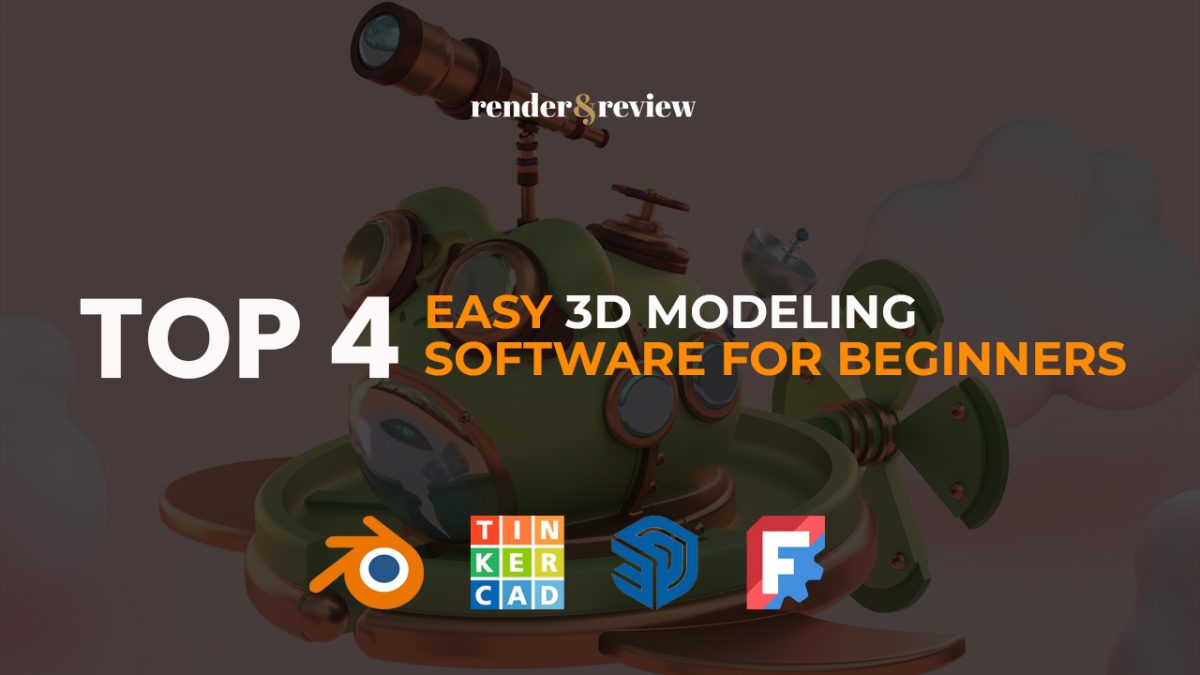
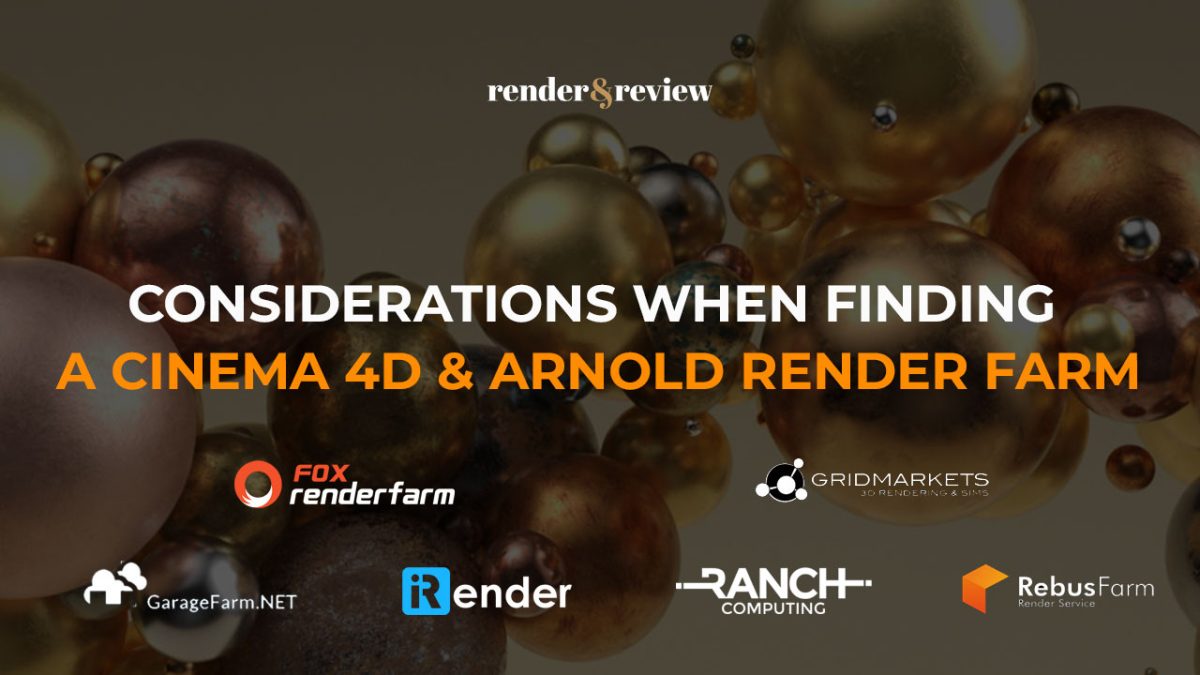


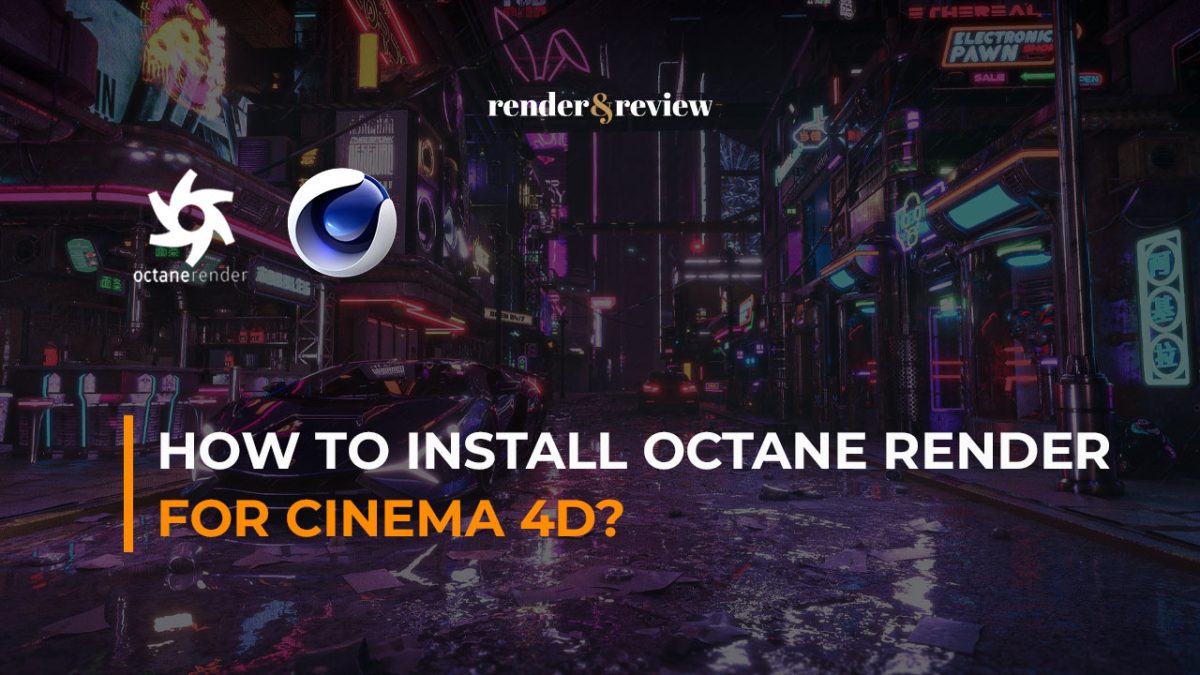
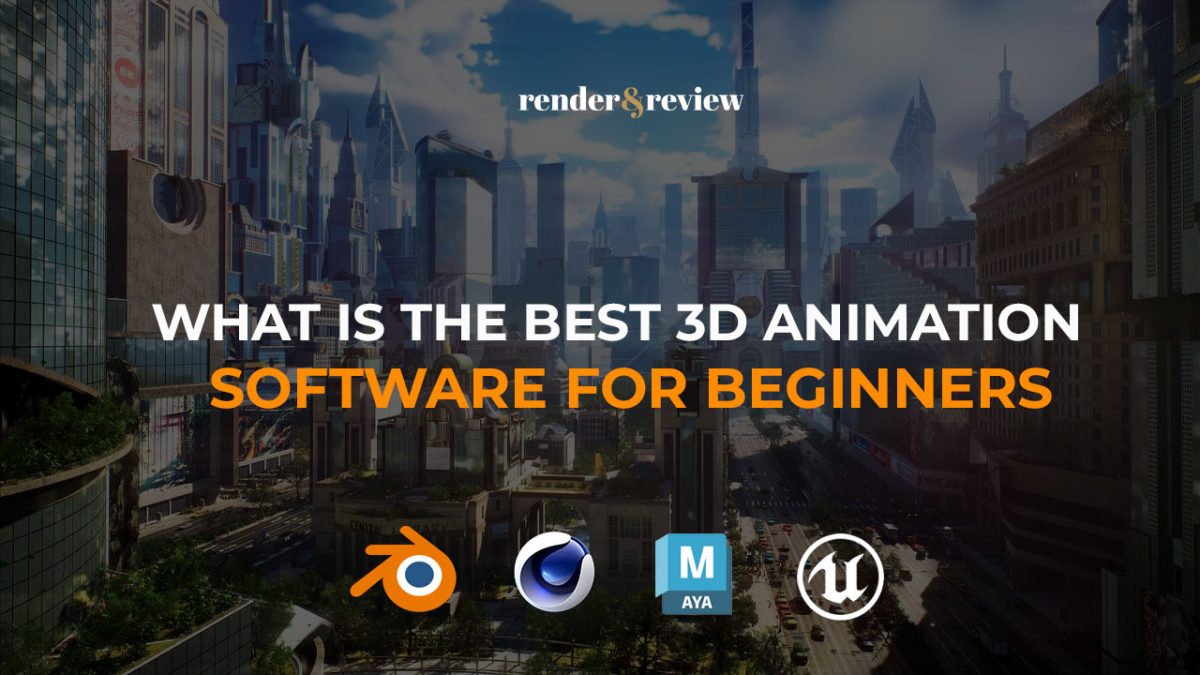
No comments